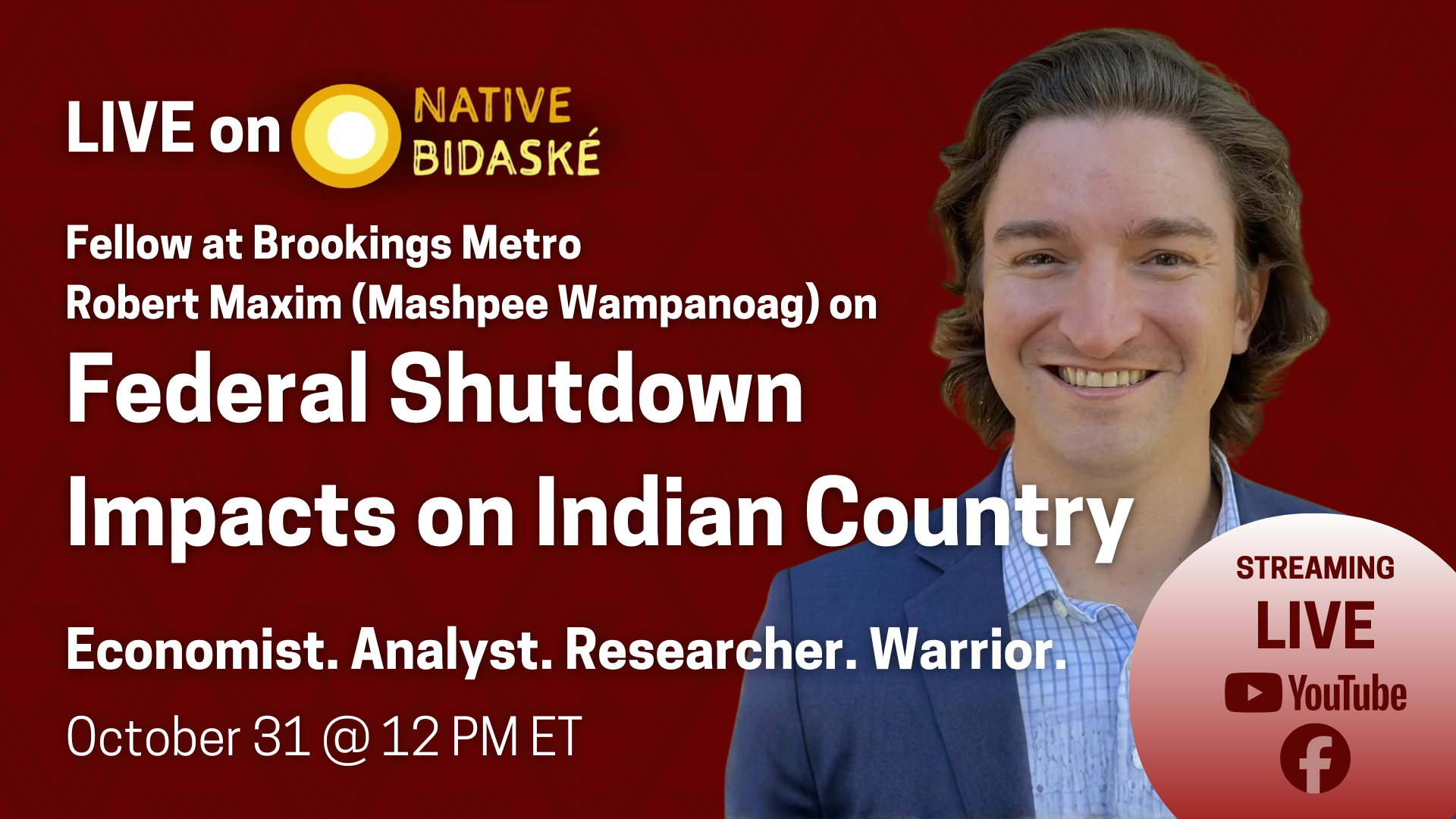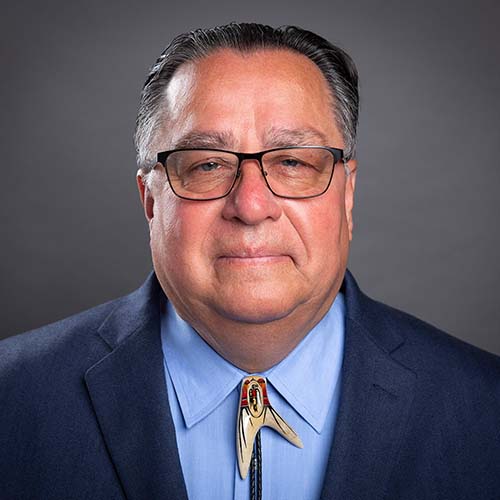
- Details
- By Native StoryLab
Next on Native Bidaské (Oct. 31, 12 p.m. ET), Levi Rickert and Chance Rush talk with Brookings’ Robert Maxim (Mashpee Wampanoag) about how a federal shutdown isn’t a distant political stunt for tribes, it’s a direct blow to services, sovereignty, and safety.
Why it matters: Most funding for Native programs is discretionary, meaning annual politics decide whether schools, health clinics, and tribal services keep running. When agencies pause, staff are furloughed, grants stall, and people lose access to care and basic services.
What’s actually broken
The numbers make it plain: Indian Health Service spends far less per patient than Medicare, and roughly 69% of Native funding can be turned off or delayed by a shutdown. That gap forces tribes into emergency responses and mutual aid, creative, necessary, but not a substitute for federal obligations.
How tribes cope and what should change
Some tribes, like the Cherokee Nation, use tribal funds to bridge gaps. Leaders call for structural fixes: mandatory funding for essential programs, advanced appropriations to prevent interruptions, and stable funding mechanisms that honor treaty and trust responsibilities.
🎧 Tune in live Oct. 31 at 12 p.m. ET on Native News Online’s Facebook, YouTube, or the website.
Help us defend tribal sovereignty.
At Native News Online, our mission is rooted in telling the stories that strengthen sovereignty and uplift Indigenous voices — not just at year’s end, but every single day.
Because of your generosity last year, we were able to keep our reporters on the ground in tribal communities, at national gatherings and in the halls of Congress — covering the issues that matter most to Indian Country: sovereignty, culture, education, health and economic opportunity.
That support sustained us through a tough year in 2025. Now, as we look to the year ahead, we need your help right now to ensure warrior journalism remains strong — reporting that defends tribal sovereignty, amplifies Native truth, and holds power accountable.
 The stakes couldn't be higher. Your support keeps Native voices heard, Native stories told and Native sovereignty defended.
The stakes couldn't be higher. Your support keeps Native voices heard, Native stories told and Native sovereignty defended.
Stand with Warrior Journalism today.
Levi Rickert (Potawatomi), Editor & Publisher
